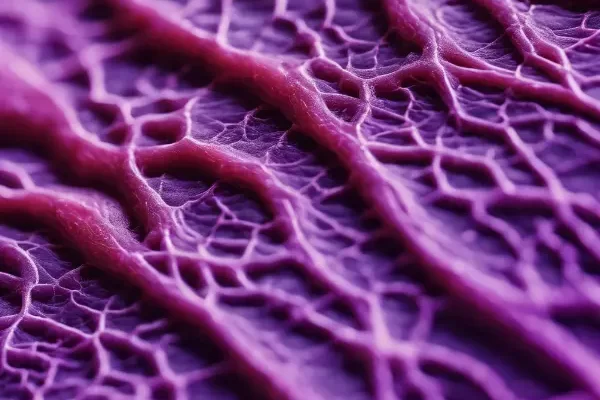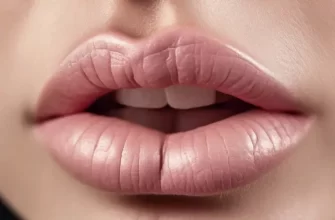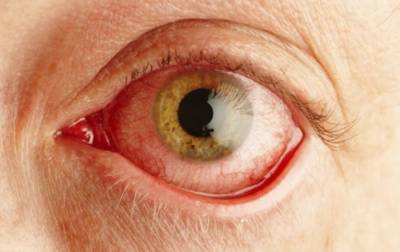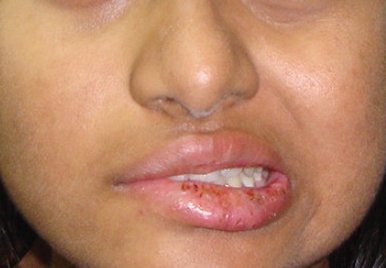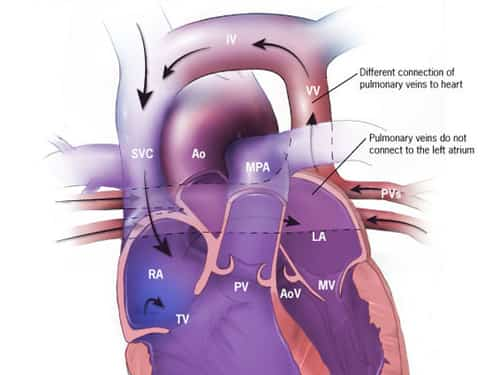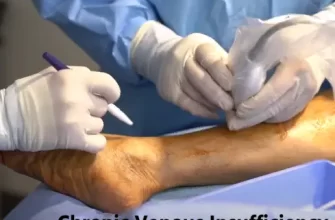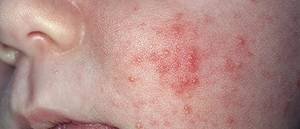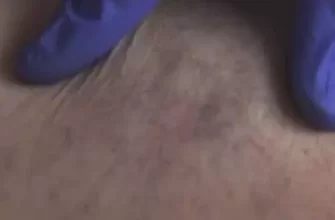Purple blood vessels on the face can be a cause of concern for many individuals. When these visible blood vessels appear in hues of purple or blue, they are often referred to as spider veins or broken capillaries. In this post, we will explore the causes behind purple blood vessels on the face, the potential dangers they may pose, and what steps can be taken to address this issue effectively.
Causes of Purple Blood Vessels on the Face
- Genetics: Some individuals may be predisposed to developing visible blood vessels due to their genetic makeup. Certain hereditary factors can contribute to weakened blood vessels, making them more prone to rupture and appear as purple spider veins on the face.
- Sun exposure: Continuous and unprotected exposure to the sun’s harmful UV rays can have damaging effects on the skin, including the dilation and vulnerability of blood vessels. This can manifest as purple blood vessels on the face over time.
- Aging: As we age, the elasticity of our skin decreases, contributing to the development of broken capillaries and spider veins. The loss of collagen and weakening of blood vessel walls can lead to the appearance of purple blood vessels on the face.
- Hormonal changes: Fluctuations in hormone levels, such as those that occur during pregnancy or due to certain medications, can weaken blood vessels and result in their visible appearance on the skin.
- Rosacea: Individuals with rosacea, a chronic skin condition characterized by facial redness, may also experience the appearance of purple blood vessels. This is due to the inflammation and increased fragility of blood vessels associated with this condition.
Dangers Associated with Purple Blood Vessels on the Face
While purple blood vessels on the face are generally considered a cosmetic concern, they can sometimes indicate underlying medical conditions. In rare cases, prominent blood vessels may be a symptom of a more serious vascular disorder. Therefore, if you notice an excessive number of purple blood vessels or they appear suddenly and are accompanied by pain, swelling, or other unusual symptoms, it is advisable to consult a healthcare professional to rule out any potential health risks.
What to Do
Addressing purple blood vessels on the face can involve a combination of preventive measures and treatment options. Here are some steps you can take:
- Protect your skin from the sun: Apply a broad-spectrum sunscreen with a high SPF daily, wear protective clothing, such as hats and sunglasses, and seek shade during peak sun hours.
- Manage underlying conditions: If you have an existing medical condition, such as rosacea, consult a dermatologist for appropriate treatment and management strategies.
- Lifestyle changes: Quit smoking, as it can contribute to blood vessel damage, and adopt a healthy lifestyle that includes regular exercise and a balanced diet rich in antioxidants.
- Topical treatments: Over-the-counter creams and moisturizers containing ingredients like vitamin K, retinol, or peptides may help strengthen blood vessels and reduce their visibility.
- Professional treatments: Consult with a dermatologist or a cosmetic specialist who can offer a range of treatments such as laser therapy, IPL (intense pulsed light), sclerotherapy, or microsclerotherapy, depending on the severity of your condition.
Conclusion
Purple blood vessels on the face can be a bothersome cosmetic issue. While they are generally harmless, they can be indicative of underlying health conditions. By taking preventive measures and seeking appropriate treatments, you can effectively address and manage the appearance of purple blood vessels, restoring a more even complexion and promoting healthy skin.

